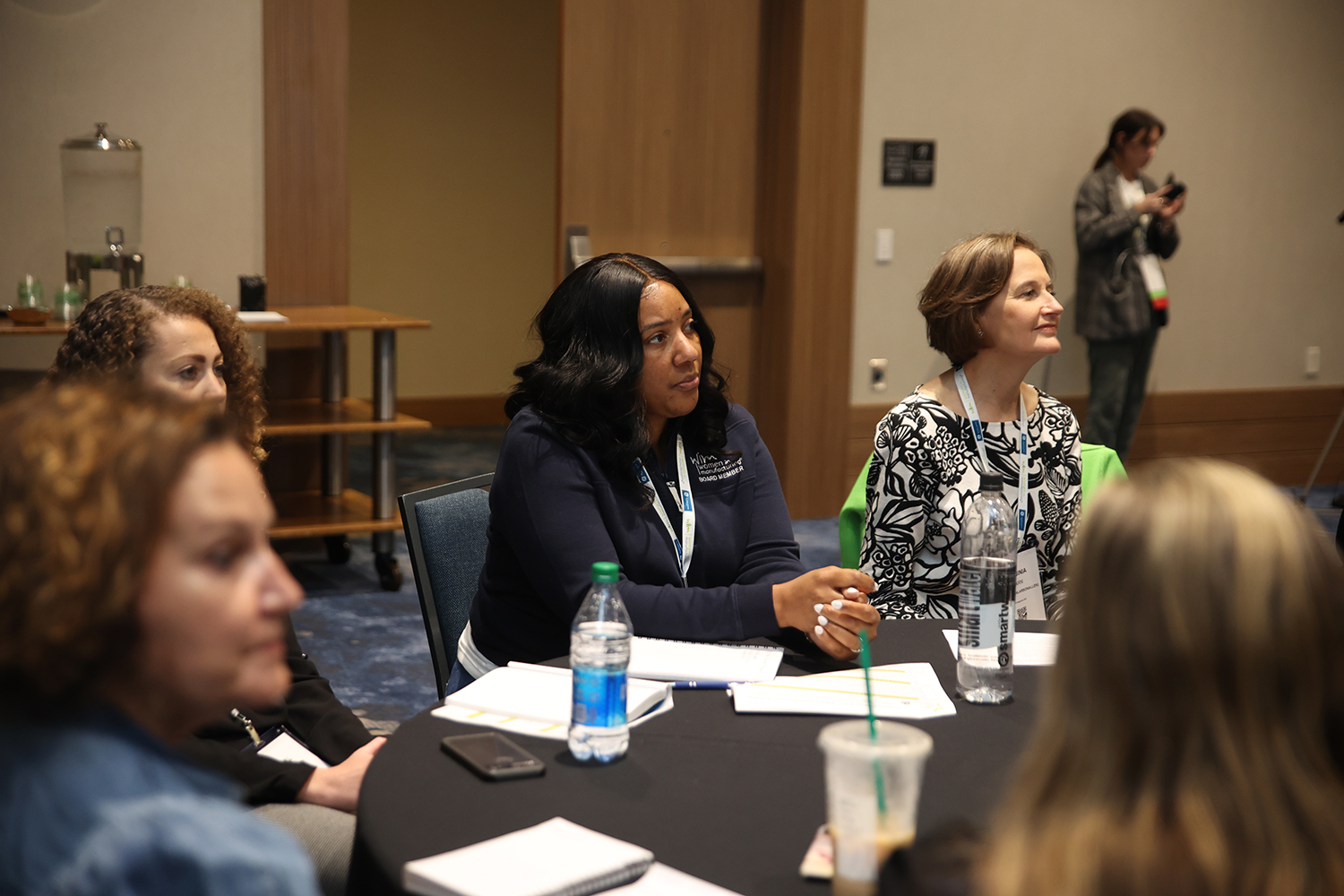Want Women in Your Workplace? Be Flexible
A conversation with Allison Grealis, president and founder of The Women in Manufacturing Association, about facilitating a gender diverse workforce
 Attendees at the Women in Manufacturing Leadership Conference.
Attendees at the Women in Manufacturing Leadership Conference.
Labor is a perennial issue in the glass and fenestration industries, further exacerbated recently by supply chain and logistical issues. The need to recruit and retain workers is urgent. One part of the labor pool remains underrepresented: women. No one is perhaps more aware of this than Allison Grealis, president and founder of The Women in Manufacturing Association. The organization works to empower women workers and strengthen the manufacturing sector.
Window + Door's Associate Editor, Norah Dick, sat down with Grealis to discuss facilitating a gender diverse workforce, and the unique challenges and opportunities workplaces face after the onset of the pandemic.
Q. How have working conditions for women changed during the pandemic?
More women stepped back and left the workforce, making tough decisions about work-life integration. They had to look at the affordability as well—even when childcare reopened, women had to make a tough evaluation: “Does my paycheck match with what I’m going to be outputting?”
On the flip side, companies have been forced to get more progressive, pretty quickly. We’re seeing more flexible working arrangements, the opportunity for individuals to job-share, and to have more flexible work shifts. Many women are still working remotely in 2022, and so can be connected to home life. The pandemic has caused a lot of positive solutions related to flexibility.
Q. What kinds of flexibility can companies offer women and other employees?
Some companies allow people to still be active in the workforce, just not at the pace of full-time. One option is job-sharing, where employees hold the same, or similar, job title responsibility, but one person might work Monday-Wednesday-Friday, and the other person might work Tuesday-Thursday. There’s still coverage, and shared responsibilities, but there’s two contributors leading to the success of that one position. Job-sharing can look different company to company.
Companies are also offering unique schedules. They have looked at schedules to allow someone to start the workday, for example, after morning drop-off has happened for kids. And then they allow them to end their day before afternoon pickup—it’s called the “working mom’s” schedule but it’s not just for moms; we know there’s male parents that want to be involved or need to be involved in the daily routine of their kids.
Q. How can companies retain more women employees?
We see companies embarking on “returnship” programs—accelerated programs for people who were previously in the workforce, which quickly teach them skills that allow them to plug immediately into the needs for the company. Moms that took a step back to have children, or individuals that took a step back for lots of different reasons, these accelerated programs have really helped, and they have had good retention rates.
In addition, the research we have conducted shows that mentoring is highly desired and highly effective for retaining women in the industry. Sponsorship of employees is critical—it’s important to advocate for that person’s advancement and opportunities at your company.



